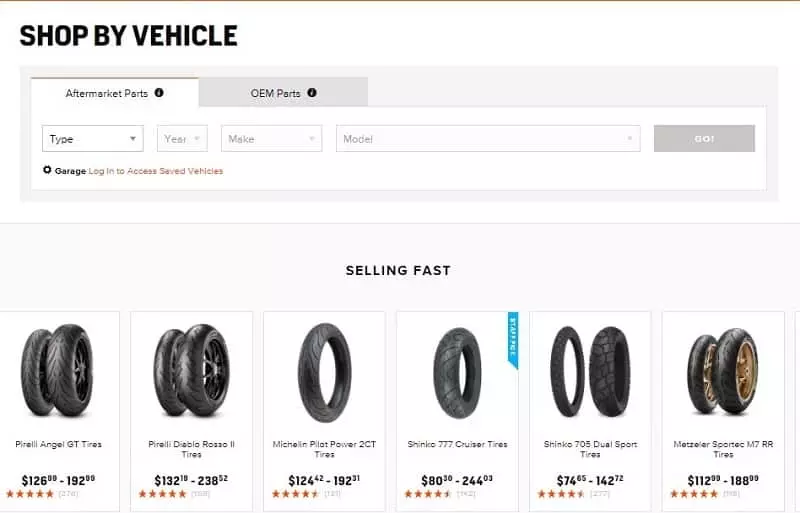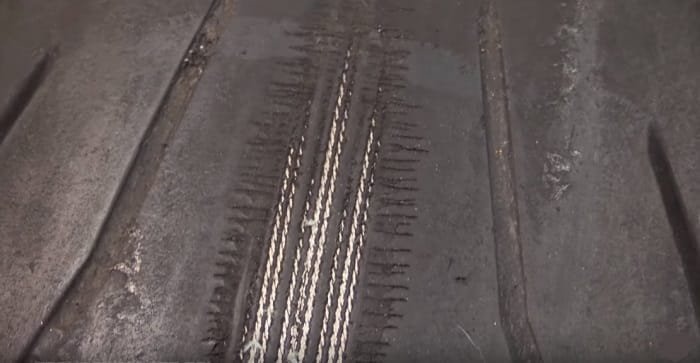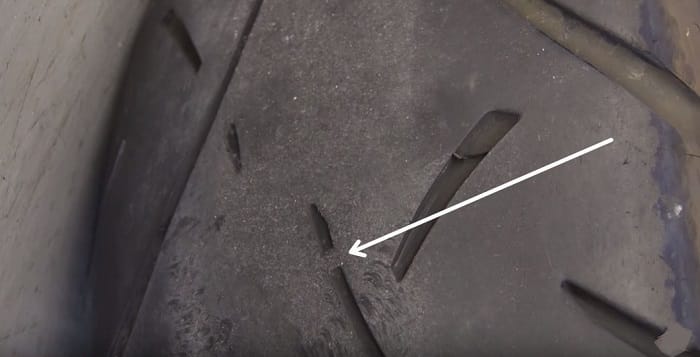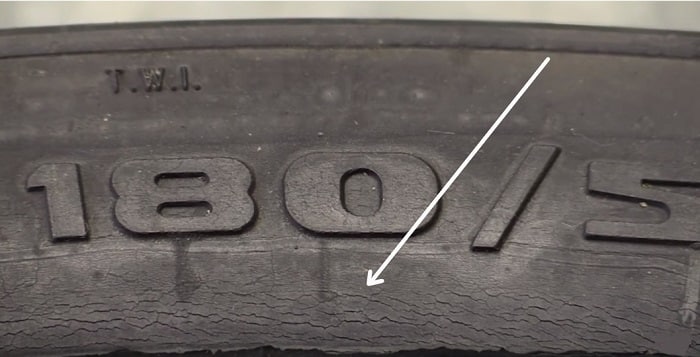There are a lot of low-profile helmets but which is the best?
One of the most common questions we get in regards to low-profile helmets is “What is the best low-profile motorcycle helmet? That is a great question but the simple answer is it depends on the shape of your head. We went through and picked twelve of some of our most popular half helmets as well as some that fly a bit under the radar.
We have featured 12 of the best-selling low-profile motorcycle helmets available today. Out of the 12, we have picked three that we think you should take a serious look at.
What Is The Best Low Profile Motorcycle Helmet?
Table of Contents
I’m going to explain my pick for the lowest profile, lightest weight half helmet, but ultimately it’s going to be up to you to decide which half helmet looks best and is going to meet your needs.
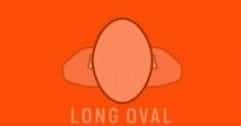
All of our selections are DOT approved and all of the helmets are also extra-large. I also have a long oval head shape so I will describe the fit and feel of each helmet, just keep in mind if you have a round oval, or intermediate oval fit might be a little bit different for you.
We’ve got a lot of ground to cover so without further ado let’s jump in and take a look at our first selection.
1. Bell Scout Air Helmet
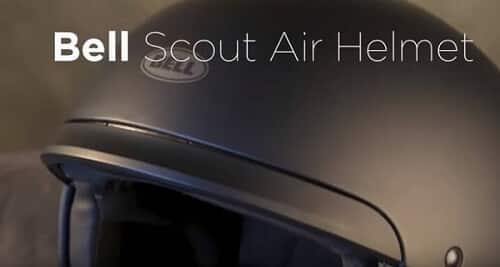
The first thing you’ll notice about the Scout air is that it provides a little bit more coverage than a straight half helmet.
The shell extends down over the ears and inside there’s a little recessed area where you could put speakers for your communication device.
The shell is a tri matrix material, you get a D-ring, a retention strap and this is one of the lightest weight helmets of our selection.
This helmet is going to cost you a little bit more than some of our other picks it comes out at about $155.
The interior liner is nice and soft, it’s well-padded, it’s a little bit thin but you’ll see when you put it on this thing fits really well.
Another nice touch about the Scout Air is that Bell offers five different shell sizes and five different EPS liner sizes.
That means that no matter what size you wear you’re going to get the slimmest and lightest configuration possible.
2. AFX FX 200 Half-Face Helmet
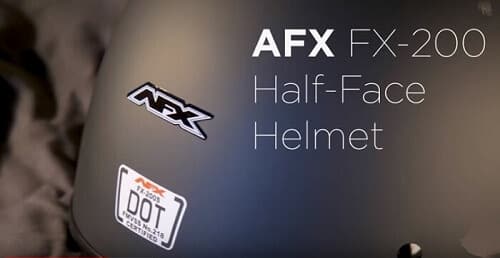
The AFX FX 200 is the lightest half helmet of all our picks at 1 pound 12 ounces.
It’s got a fiberglass-reinforced exterior shell, it’s got an antimicrobial antibacterial removable liner inside and it’s also got the standard D-ring retention strap.
The FX 200 starts at around $95, it has a pretty decent profile too. Again this one doesn’t fit my head shape quite right at all, there is no contact with the top of my head and there’s pressure on my forehead.
The nice thing about this is the interior liner is really soft, unlike some of the other ones, it was a little bit rougher than other helmets but it is really well padded inside.
3. Scorpion EXO C-110 Open-Face Helmet
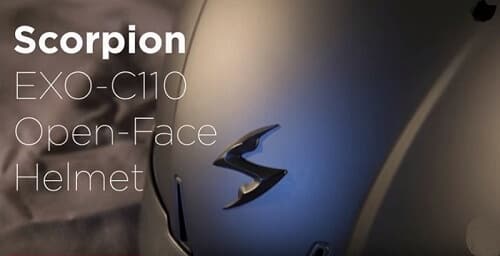
The Scorpion EXO C-110 features a polycarbonate exterior shell, as well as a speed view drop-down sun visor.
Inside this helmet is a quick wick removable antibacterial liner system and on the retention straps, you get button snaps where you can install accessories speaker pockets if you’d like.
Another nice touch is the scorpion builds-in ventilation over the top of the head, you get a couple of intake ports at the front as well as some exhaust ports at the back.
The C 110 weighs out at 2 pounds 7 ounces and it’s going to start at $130. The Scorpion fits my head really well but it seems to bulge out on the sides a little bit too much for me.
4. Fly Street 357 Half Helmet
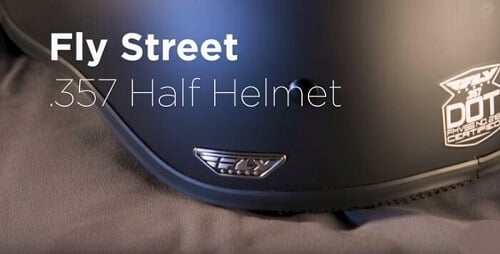
The Fly Street 357 Half Helmet a.com has a thermoplastic exterior shell, it’s also got a retractable sun shield.
The Fly street does have replacement shields and different tints available. Inside is a nice well-padded interior liner and you get the D-ring retention strap as well.
The 357 weighs two pounds three ounces and it’s going to start at just under $75.
This one has a pretty slim profile but it just doesn’t fit my head quite right, there’s some pressure on the forehead and I just can’t get it situated in a comfortable place. The interior isn’t quite as plush as some of the other ones either.
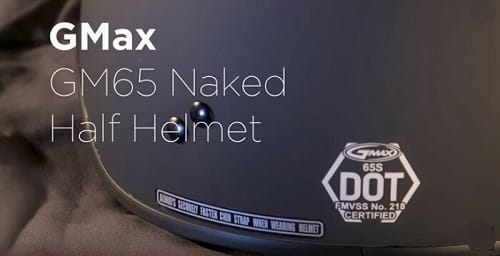
Next up we’ve got the G Max GM 65 Naked Half Helmet. Like some of the others, it’s also got a drop-down internal Sun Visor, it’s got a removable washable antibacterial Coolmax liner system inside and it’s also got the standard D-ring retention strap.
The GM 65 also comes with a removable neck curtain as well as a clear tinted drop-down Sun Visor. This lid weighs in at two pounds one ounce and it’s going to start at about $80.
The G-Max has a nice low profile but it’s not fitting me right, I’m getting the pressure on my forehead and I can even get a few of my fingers into the sides at the front of the helmet so this definitely is an appropriate helmet for a long oval head shape.
6. HJC CL-Ironroad Half Helmet
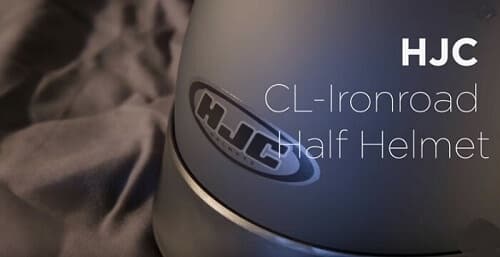
The HJC CL Ironroad features a polycarbonate exterior shell and some pretty interesting features inside. It has a neck curtain that can be removed.
It has a zipper that runs along the base of the helmet and the ear flaps have pockets for communication speakers.
You also get kind of a cool dial fit adjuster so you can tighten or loosen the helmet on your head as needed. The iron Road weighs 2 pounds 11 ounces and it’s going to start at $80.
The iron Road doesn’t fit me quite right either, it’s a little bit too tall for my liking. The adjustment dial is a nice touch and the interior liner is well padded and soft but it’s a little bit too big of a profile for my head.
7. Sena Cavalry Bluetooth Half Helmet
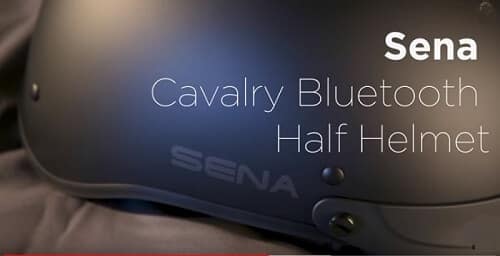
The Sena Cavalry is by far the most technologically complex half helmet in our pic because it’s got the Bluetooth communication system built-in.
You get a fiberglass exterior shell, you get the Bluetooth communication unit and you also get built-in speakers. The interior liner is removable and washable as well.
It is remarkable that the cavalry only weighed 2 pounds 6 ounces on our scales considering all of the technology that’s built in but this lid is going to cost you, it starts at around $350.
This one among the half helmet types fits me really well, it’s really low on my head, doesn’t bulge out on the sides much and it fits my head shape really really good.
8. LS2 Stripper Helmet
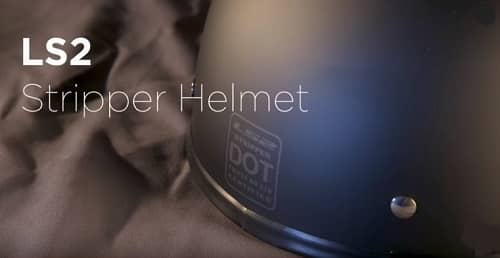
The LS2 Stripper is made from LS 2’s kinetic polymer alloy and inside is a nicely padded removable liner.
The exterior shell comes in three different sizes so you get a little bit more refined fit, and this also has the standard D ring retention strap. The LS 2 weighs two pounds one ounce and it starts at $60.
The LS 2 fits my head shape really well, the interior is nicely padded it’s really comfortable and it’s making contact with all points on my head.
The fit is really nice, however, the profile is a little too large compared to some of the other helmets that we’ve chosen.
9. Speed and Strength Solid Speed Open-Face Helmet
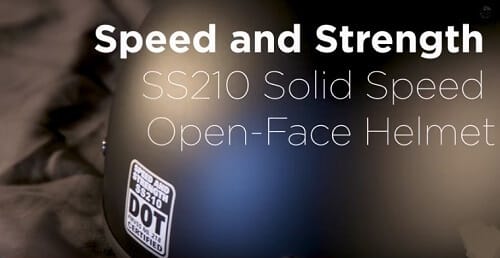
The speed and strength feature a thermo poly exterior shell as well as a cool core interior liner that’s removable and washable.
You also get the standard D-ring retention strap as well. This one tipped our scales at 2 pounds even and it runs in at about $60.
It fits my head shape really well and the interior is nice and cozy. It does have a little bit of extra material out on the sides but it’s not quite as dramatic to my eye as some of the other ones we picked.
10. HJC IS-Cruiser Half-Face Helmet

The HJC IS Cruiser is made with a polycarbonate exterior shell and inside it’s got a removable antibacterial liner.
The integrated sun shield has three different positions and you can remove it without having to use tools.
The visor on the front is removable and replaceable as well. The Cruiser weighs in at 2 pounds 9 ounces and it’s going to start at $99.
The HJC Cruiser fits really well, it sits nicely on my head, the padding is really good but like the other HJC selection, it’s a little bit too tall in my opinion.
In Conclusion
You’ve seen all 10 helmets and for me, I would be choosing between these three.
My overall favorite is the Bell Scout Air It’s low on my head, it’s got a nice narrow profile, the interior is really comfortable for my head shape and it feels really lightweight when it’s on.
As a more traditional cut, half helmet is concerned, honestly, the Cena helmet takes the cake for me. It fits my head shape really well, the interior is soft and plush and it sits nice and low on my head. There’s no sense of any of that bulging out that mushrooming that some of the other helmets have.
Because the Cena is a pretty spendy option I also chose a more price-conscious helmet with the speed and strength. It has the speed and strength that the traditional half helmet has and it has a little bit of extra material out on the sides.
It’s not as dramatic as some of the other helmets plus the interior is great for my head shape. It fits really well, I can feel contact on all parts of my head and you know for around $60 it’s a great fine for me.
So to my mind, these two fit me best but I’d like to hear from you. Which one did you like the most? Leave us a comment and tell us about it.
We have also written an article on how to clean your smelly motorcycle helmet In three simple steps. So if yours is a little bit sweaty and needs a clean check it out.
